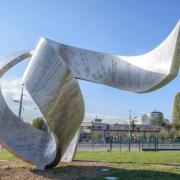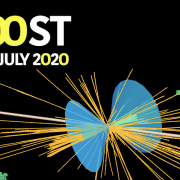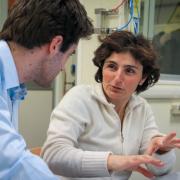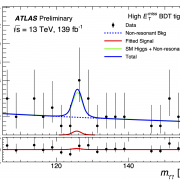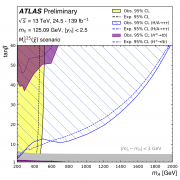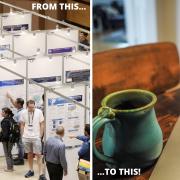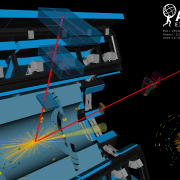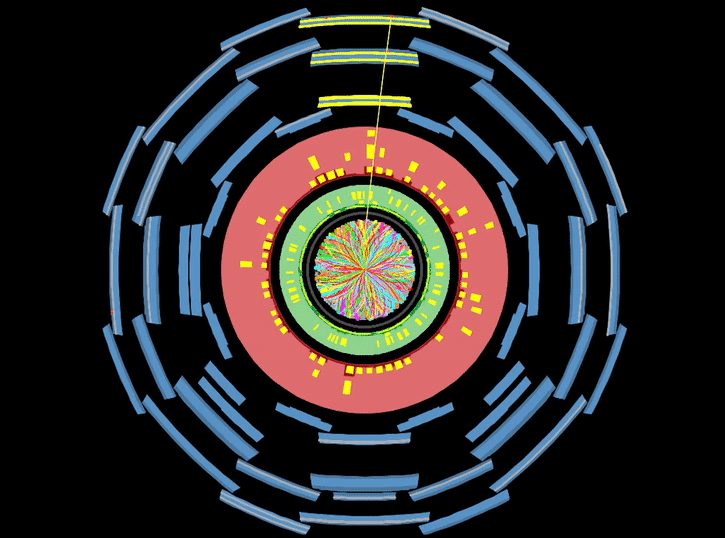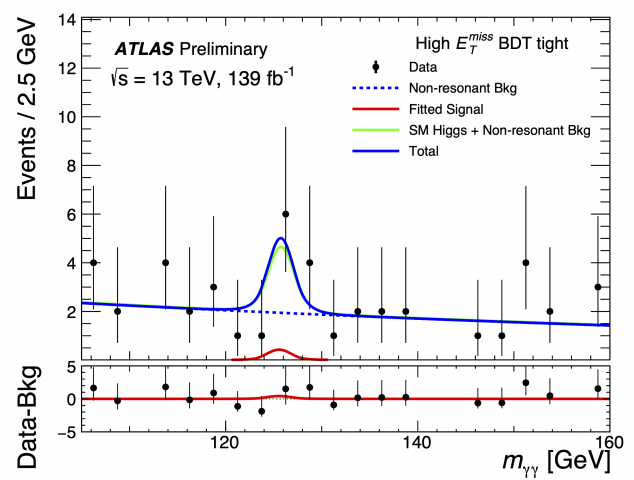Access to Collaboration Site and Physics Results
Updates tagged: “detector operation”

First collisions in ATLAS
A few days ago, loud cheers and happy faces filled the ATLAS Control Room while the whole detector lit up: protons are back at the experiment's door, and everybody forgot in a second the long year of waiting for the Large Hadron Collider (LHC) to resume operation.

LHC beams and events back in ATLAS
Loud cheers and happy faces fill the ATLAS Control Room while the whole detector lights up: protons are back today at the experiment's door, and everybody forgets in a second the long year of waiting for the Large Hadron Collider (LHC) to resume operation.

ATLAS Preparing for Collisions in Late-2009
The most recent schedule envisions beam reaching ATLAS in late November with low-energy collisions shortly thereafter.

ATLAS preparing for collisions in mid-2009
The full ATLAS Experiment has been operational and taking cosmic ray data since September 2008, and high-energy collisions are scheduled for late summer 2009. Data from cosmic rays that hit the ATLAS detector are valuable to calibrate and synchronize the many detector elements. Even more exciting were the so-called “splash events” that occurred as the LHC was being tuned up starting 10 September 2008.

First beam and first events in ATLAS
ATLAS experimenters celebrated today as the first beams circulated the Large Hadron Collider in both directions. While everyone was cheering in the LHC control room, the cheers were echoed in the ATLAS and other control rooms, and in several auditoriums around CERN.
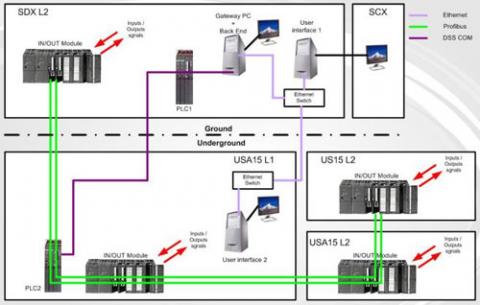
The ATLAS Detector safety system
The ATLAS Detector safety system (DSS) has the mandate to put the detector in a safe state in case an abnormal situation arises which could be potentially dangerous for the detector. It covers the CERN alarm severity levels 1 and 2, which address serious risks for the equipment.

Development of the ATLAS control room
The ATLAS control room will become the brain of the detector operations. At the moment six of the final fifteen stations are already in place.


